As an online seller, staying ahead of the curve on packaging trends is crucial for meeting evolving buyer expectations and building loyalty. The latest industry report reveals six major packaging ideas that will define 2026, driven by societal shifts, technological advancements, environmental urgency, political change, business priorities, and creativity. By understanding and aligning with these key trends – from universal accessibility to AI innovation, bio-based materials, cultural diversity, scalable models and multisensory experiences – you can develop packaging that truly resonates with your audience. Let’s dive in and explore how to leverage these insights to create packaging that stands out and drives connection in the years ahead.
Table of Contents
1. Design for universal accessibility
2. Leverage AI for packaging innovation
3. Embrace the bio-packaging revolution
4. Reflect cultural fusion and diversity
5. Scale packaging to fit new demands
6. Create multisensory unboxing experiences
Design for universal accessibility
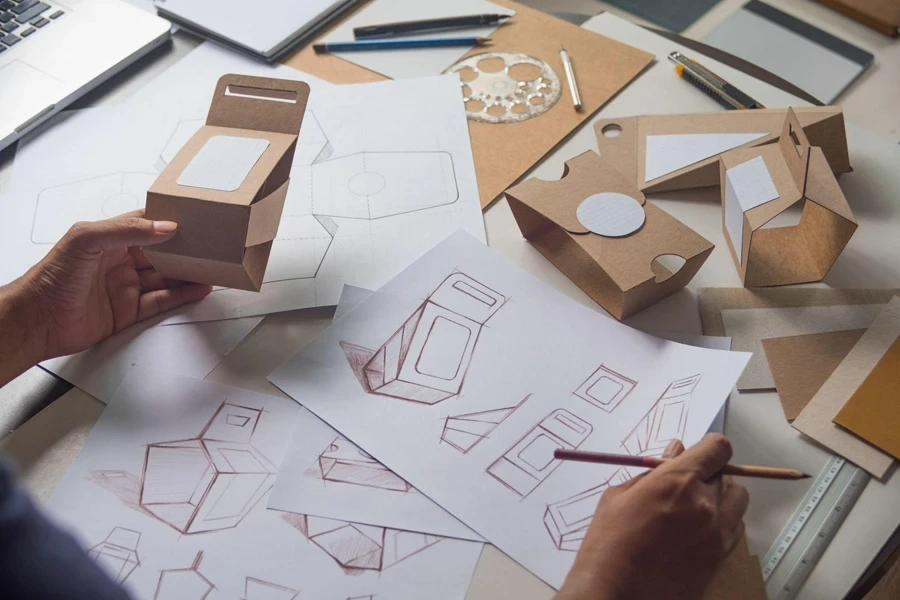
In an increasingly inclusive and age-agnostic world, there’s a growing demand for universal packaging design that works for people of all ages and abilities. Brands that prioritize accessibility in their packaging will be well-positioned to appeal to a broader range of customers in 2026 and beyond.
One key strategy is to focus on easy-open formats and ergonomic features that make products more accessible for seniors and individuals with disabilities. This could include packaging with large, easy-to-grip tabs, clear open/close instructions, and materials that are simple to manipulate. The benefits of these features extend to all users, making products more enjoyable and convenient for everyone.
Nostalgic styling is another way to create packaging that resonates across generations. Vintage-inspired designs tap into a sense of comfort and familiarity, evoking positive emotions and memories. When combined with modern functionality, this approach can create a powerful blend of accessibility and emotional appeal.
As brands look ahead to 2026, investing in universal packaging design will be essential for building a loyal and diverse customer base. By prioritizing accessibility features and inclusive aesthetics, companies can create products that are not only functional but also emotionally resonant. In a world where inclusivity is increasingly valued, this strategy will help brands stand out and forge meaningful connections with their audience.
Leverage AI for packaging innovation
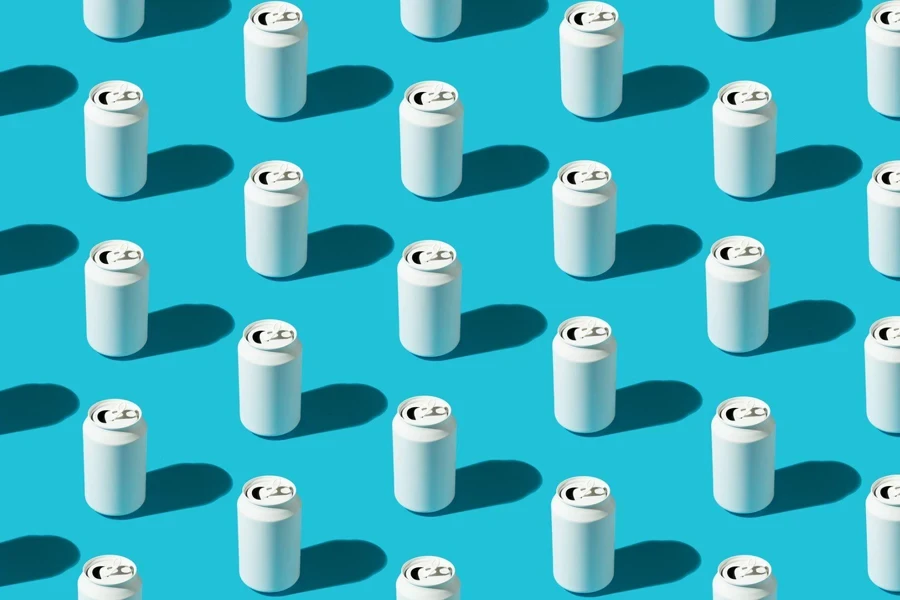
As artificial intelligence (AI) becomes increasingly ubiquitous, it’s poised to revolutionize the world of packaging design and production. By 2026, AI will be an essential tool for brands looking to innovate and stay competitive in a rapidly evolving landscape.
One of the most significant benefits of AI is its ability to accelerate the packaging design process. With AI-powered tools, designers can quickly generate a wide range of concepts, iterate on ideas, and create photorealistic 3D models and renderings. This not only saves time but also allows for more creative exploration and optimization before committing to final designs.
AI will also play a crucial role in streamlining packaging production and quality control. Machine learning algorithms can analyze vast amounts of data to identify potential issues, optimize manufacturing processes, and ensure consistent quality across production runs. Additionally, AI can enhance anti-counterfeiting measures by enabling advanced track-and-trace systems and authentication technologies.
As brands navigate the challenges of an increasingly complex and competitive market, leveraging AI for packaging innovation will be a key differentiator. By harnessing the power of AI to speed up design cycles, optimize production, and enhance security, companies can bring innovative packaging solutions to market faster and more efficiently. In the years ahead, those who embrace AI will be well-positioned to stay ahead of the curve and capture the attention of discerning consumers.
Embrace the bio-packaging revolution
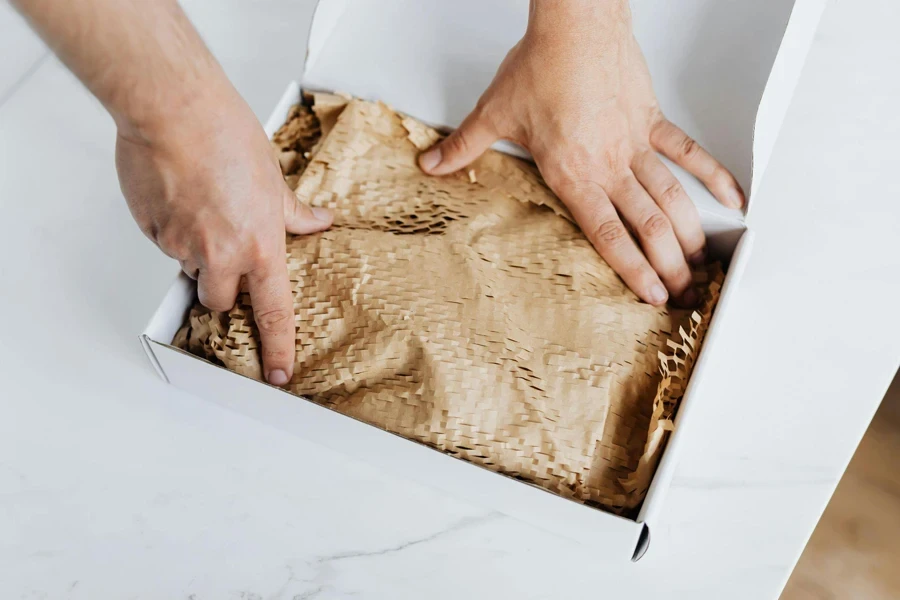
As environmental concerns continue to grow, the demand for sustainable packaging solutions is set to skyrocket. By 2026, the bio-packaging revolution will be in full swing, with eco-friendly alternatives like algae, mycelium, and upcycled waste materials hitting the mainstream.
Brands that embrace this shift towards regenerative packaging will be well-positioned to meet the evolving expectations of environmentally conscious consumers. Bio-based materials offer a wealth of opportunities for innovation, from biodegradable plastics derived from algae to protective cushioning made from mycelium, the root structure of mushrooms. These materials not only reduce the environmental impact of packaging but also provide unique aesthetic and functional properties that can help products stand out on the shelf.
In addition to exploring novel bio-based materials, brands can also invest in circular packaging solutions that minimize waste and keep materials in use for longer. This could involve designing packaging for reuse, implementing take-back programs, or leveraging emerging technologies like synthetic biology to create packaging that can be easily broken down and recycled at the end of its life.
As the bio-packaging landscape continues to evolve, collaboration will be key to driving meaningful change. By partnering with material innovators, sustainability experts, and other industry stakeholders, brands can stay at the forefront of the bio-packaging revolution and create solutions that benefit both their bottom line and the planet. With the right strategies in place, companies can not only meet the growing demand for sustainable packaging but also establish themselves as leaders in the circular economy of the future.
Reflect cultural fusion and diversity
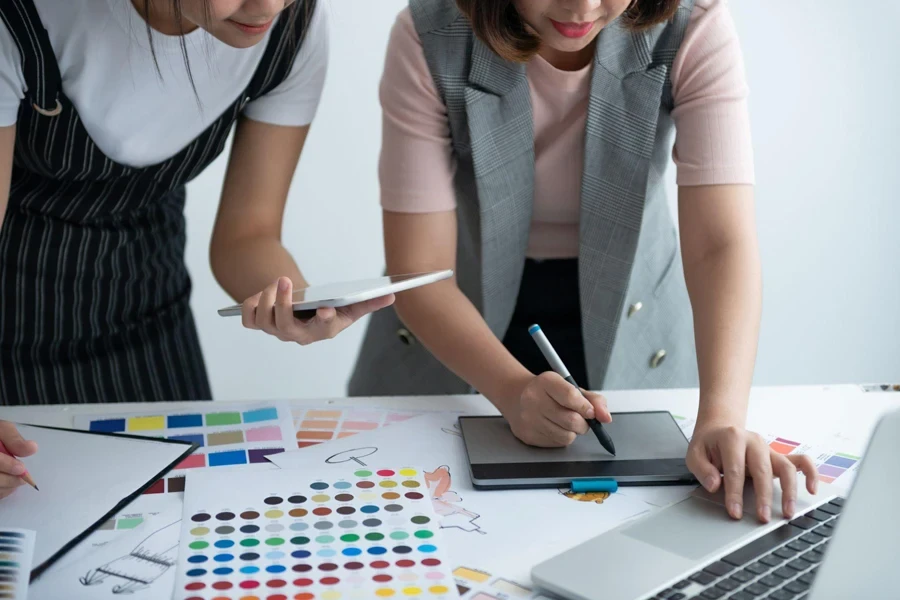
In an increasingly globalized and interconnected world, packaging that reflects cultural fusion and diversity will be key to resonating with consumers in 2026. As people continue to migrate and cultures blend, brands have an opportunity to celebrate and showcase the richness of this diversity through their packaging design.
One way to achieve this is by incorporating fusion aesthetics that blend visual elements from different cultural traditions. This could involve combining colors, patterns, and imagery in unexpected ways to create packaging that feels fresh, inclusive, and representative of a more multicultural world. By drawing inspiration from a wide range of sources and collaborating with diverse artists and designers, brands can create packaging that truly reflects the experiences and identities of their target audience.
Another important consideration is the physical structure of packaging itself. As consumers become more mobile and living situations evolve, there will be a growing demand for packaging that can adapt to different needs and contexts. This could mean exploring flexible packaging formats that can adjust to different product sizes, or investing in paper-based solutions that can be easily customized and tailored to individual preferences.
Ultimately, the key to reflecting cultural fusion and diversity in packaging is to approach design with a sense of curiosity, empathy, and openness. By seeking out new perspectives, listening to diverse voices, and embracing the complexity of modern cultural identities, brands can create packaging that not only stands out on the shelf but also forges meaningful connections with consumers. In a world that is increasingly shaped by migration and cultural exchange, this approach will be essential for building lasting brand loyalty and driving long-term success.
Scale packaging to fit new demands
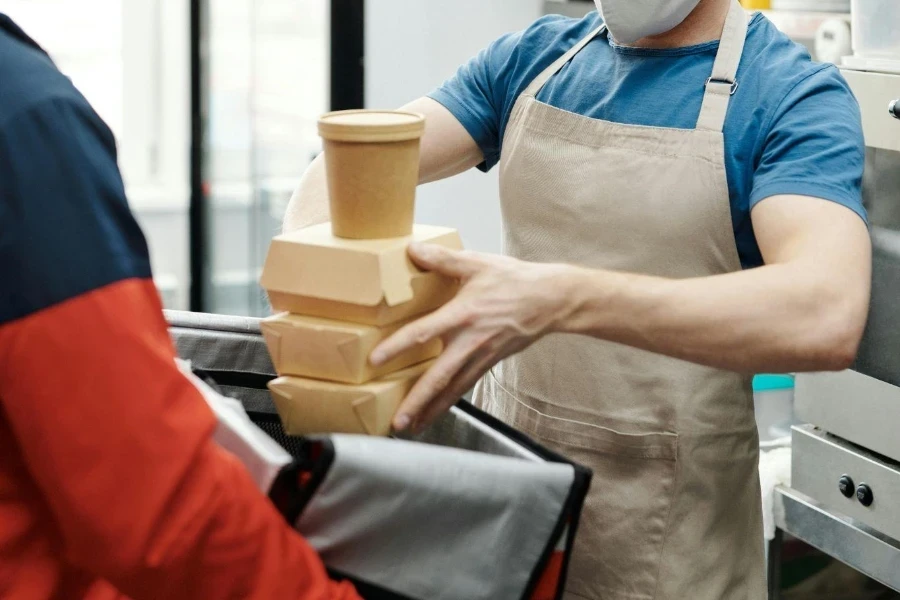
As consumer priorities continue to shift and evolve, brands will need to be agile in scaling their packaging to fit new demands. In a world where sustainability, convenience, and personalization are all becoming increasingly important, finding the right balance will be key to success in 2026 and beyond.
One area where this will be particularly critical is in the shift away from single-use packaging towards more reusable and refillable options. As consumers become more aware of the environmental impact of packaging waste, they will be looking for brands that offer sustainable alternatives without sacrificing convenience or quality. This could involve investing in packaging-as-a-service models, where consumers can easily return and refill containers, or exploring new materials and designs that enable long-term reuse.
Another important consideration is the role of packaging in e-commerce and direct-to-consumer sales. With more and more consumers shopping online, brands will need to optimize their packaging for digital channels, with a focus on minimizing waste, maximizing protection, and creating memorable unboxing experiences. This could involve exploring new materials and technologies like expandable paper-based packaging or custom-fit boxes that reduce the need for excess void fill.
Ultimately, the key to scaling packaging to fit new demands is to stay attuned to the evolving needs and preferences of consumers. By engaging in ongoing research and dialogue, brands can stay ahead of the curve and develop packaging solutions that balance sustainability, functionality, and emotional appeal. Whether it’s through innovative materials, new business models, or personalized touches, the brands that succeed in 2026 will be those that can adapt and scale their packaging to meet the changing demands of the market.
Create multisensory unboxing experiences
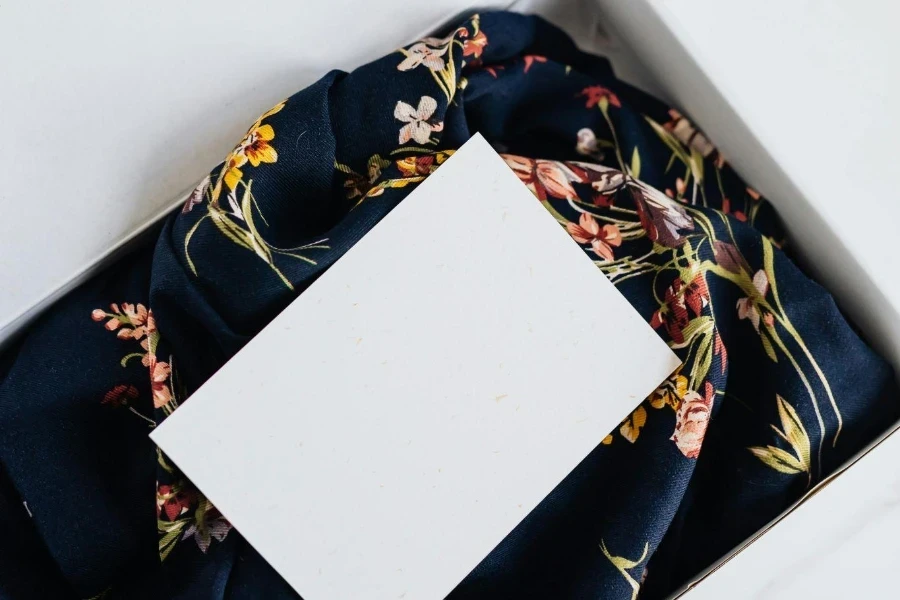
In an increasingly digital and disconnected world, creating multisensory unboxing experiences will be a key way for brands to forge emotional connections with their customers in 2026. By engaging multiple senses and adding elements of surprise and delight, brands can transform the mundane act of opening a package into a memorable and share-worthy moment.
One way to achieve this is by incorporating tactile and interactive elements into packaging design. This could involve using a mix of textures, materials, and finishes that invite touch and exploration, or including special features like pull-tabs, pop-ups, or hidden compartments that create a sense of discovery and excitement. By making the unboxing process more engaging and participatory, brands can create a sense of anticipation and reward that extends beyond the product itself.
Another important aspect of creating multisensory unboxing experiences is to consider the role of personalization and customization. By leveraging data and technology to create packaging that is tailored to individual preferences and needs, brands can make each unboxing feel like a special and unique experience. This could involve everything from custom printing and embellishments to personalized messaging and product selections.
Ultimately, the goal of creating multisensory unboxing experiences is to turn packaging into a powerful brand touchpoint that sparks joy, builds loyalty, and encourages social sharing. By combining innovative design, sensory engagement, and personalized touches, brands can create unboxing moments that are not only memorable but also deeply meaningful to their customers. In a world where attention is increasingly fragmented and fleeting, this approach will be essential for standing out and building lasting connections with consumers.
Conclusion
In conclusion, the packaging trends set to shape 2026 reflect a world that is increasingly diverse, interconnected, and focused on sustainability. By embracing universal accessibility, AI innovation, bio-based materials, cultural fusion, scalable models, and multisensory experiences, brands can create packaging that not only meets functional needs but also forges deep emotional connections. As the landscape continues to evolve, those who stay attuned to these key trends and adapt their strategies accordingly will be well-positioned to succeed in the years ahead. By putting empathy, creativity, and a commitment to positive change at the forefront of their packaging design, brands can make a meaningful impact and build lasting loyalty with their customers.




